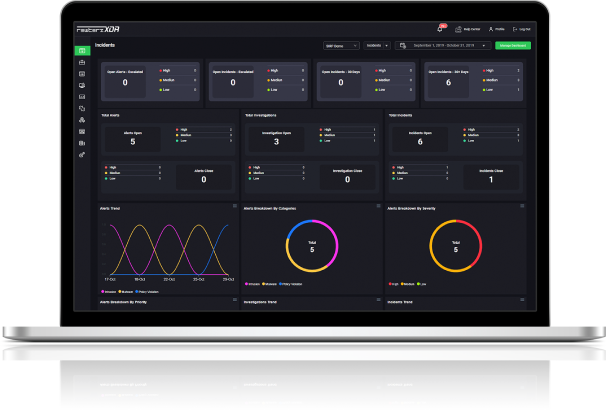

RedLine Stealer – Active IOCs
August 14, 2024
Vulnerabilities Discovered in AI-Driven Azure Health Bot Service
August 15, 2024
RedLine Stealer – Active IOCs
August 14, 2024
Vulnerabilities Discovered in AI-Driven Azure Health Bot Service
August 15, 2024Severity
High
Analysis Summary
APT-17, also known as "Bitter APT" or "DeputyDog" is a state-sponsored cyber espionage group believed to operate out of China. They have been active since at least 2012 and have primarily targeted aerospace, defense, and technology organizations. They are known for targeting China, Pakistan, and Saudi Arabia and have expanded to set their sights on Bangladeshi government agencies. The group uses various custom malware and tools to carry out their operations, including Remote Access Trojans (RATs), keyloggers, and backdoors. The group's malware is known to be complex, and multi-stage and uses a range of techniques to evade detection, such as code signing, legitimate tools and third-party tools, and encrypted communications. They are also known to use spear-phishing campaigns to gain initial access to targeted systems. They have been active for more than a decade and are known to use a wide range of custom malware and tools to carry out their operations. Organizations in these sectors should know the threat actors and take appropriate measures to protect against their attacks. This includes implementing robust security measures, such as advanced threat detection and response capabilities, as well as employee training on how to identify and respond to spear-phishing campaigns. The group was observed using Powershell and curl instead of msiexe in one of the latest campaigns.
Impact
- Information Theft and Espionage
Indicators of Compromise
IP
- 94.156.175.95
URL
- http://adamsresearchshare.com/qnrt.php?hr
MD5
- f26435785dd856ddb1fbcc682547aab0
- dc8f115abfae4e1b869a57765f5779b1
- 5931d75d310444f930012488d766a18b
SHA-256
- a417be4f390995090c78632eaddb39768dea999714690f2c4cd096760cf29c19
- 2c3b9fc72cf04b03c34f6ae691585690b21a8a7f9d9c619fa2c902fa680f8111
- 4c556d9e902c8cc0096bb56447075834f19ea456f5871e08a948da4bb3192db8
SHA-1
- b17d00786488a743605d6dd5d6bbb4920b52a0d1
- 294147f7355851a8dda7c04296222fce05ef7a60
- f03c855033a0fac60275623591fe1c14c0ffa57c
Remediation
- Block all threat indicators at your respective controls.
- Search for indicators of compromise (IOCs) in your environment utilizing your respective security controls.
- Along with network and system hardening, code hardening should be implemented within the organization so that their websites and software are secure. Use testing tools to detect any vulnerabilities in the deployed codes.
- Patch and upgrade any platforms and software timely and make it into a standard security policy. Prioritize patching known exploited vulnerabilities and zero-days.
- Enable antivirus and anti-malware software and update signature definitions on time. Using a multi-layered protection is necessary to secure vulnerable assets.
- Maintain cyber hygiene by updating your anti-virus software and implementing a patch management lifecycle.
- Enable two-factor authentication.
- Do not download documents attached in emails from unknown sources and strictly refrain from enabling macros when the source isn’t reliable.








